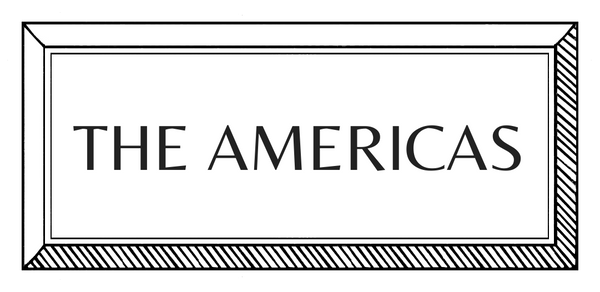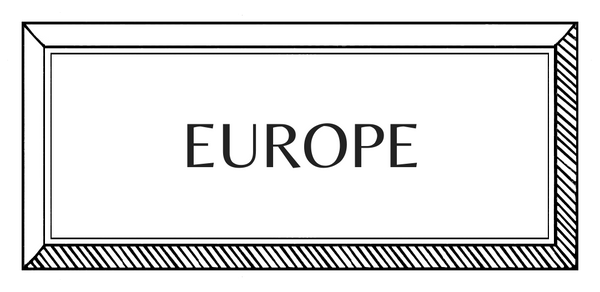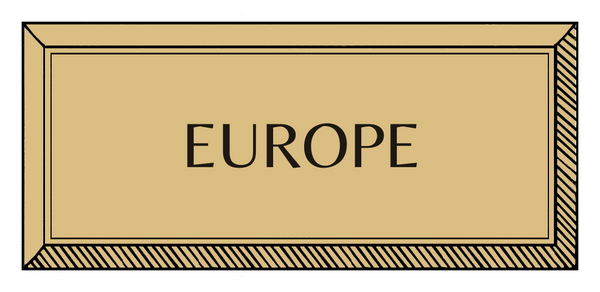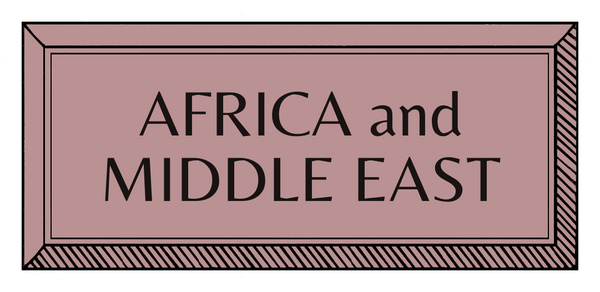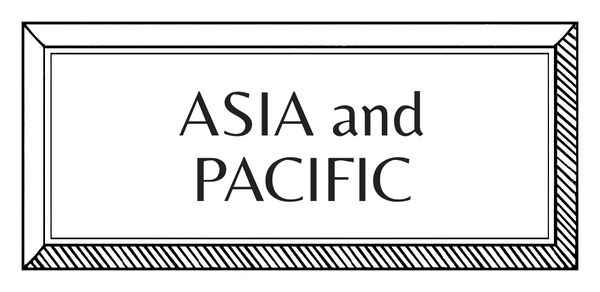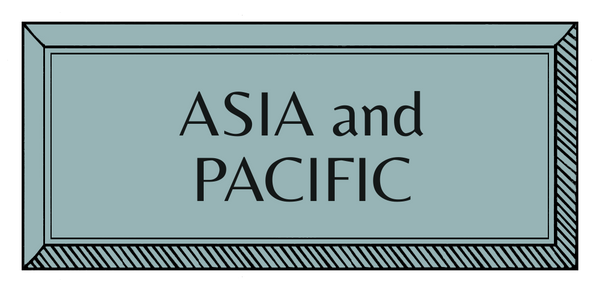MAKERS | EUROPE | POLAND | MULTI-MEDIA
Marcin Rusak | Interdisciplinary Artist

From his Warsaw studio, Polish artist and designer Marcin Rusak casts floral blooms in rust and moss-hued resin. Drawing on his family legacy of flower growers and the wild solitude of the Bieszczady Mountains to create sculptural pieces where petals, lichen, and time itself seem to drift beneath the surface.
How did you begin?
I wouldn’t call myself a craftsman in the traditional sense, as I believe craftsmen are trying to excel in and perfect one medium. My journey has always been rooted in experimentation—pushing the boundaries of the established crafts and industrial techniques, developing new ones with multiple materials and mediums. I explore these processes in depth to reframe them in a new light and context, allowing them to express the concepts I care deeply about: ephemerality, decay, memory, time, and preservation.
A significant source of inspiration comes from my early childhood and upbringing. Both my grandfather and his father were botanists, growing flowers on an industrial scale and experimenting with new varieties and hybrids. My late grandfather, in particular—who was both a botanist and an economist—had a uniquely thoughtful approach to the plant world. Since his passing, I’ve found myself on a lifelong path to better understand his passion and journey through my own work. In doing so, I’ve also been uncovering my own voice and a deeper sense of self.

How did you learn?
My earliest field experiments began in a greenhouse when I was a child—collecting materials, building structures, and playing with whatever I could find in the garden. By the time I was born, the greenhouses had already been closed and abandoned, so my memories of these spaces have been deeply tied to the cycles of decay and renewal of the plants and weeds that grew there.
I went on to study the humanities, which taught me how to gather, analyze, and process information—skills that became foundational to my practice. Later, I studied conceptual design at Design Academy Eindhoven, and then continued at the Royal College of Art, where I began to reconnect with my roots and explore my purpose more deeply. It was during that time that I visited a flower market and started working with flower waste as a material—transforming it into objects that reflect on ephemerality and permanence.
Who or what most influences your work?
Primarily nature. I strive to deepen my understanding of the natural world through the lens of human experience. I observe our relationship with nature—how we seek to control and manipulate it, but also how it can teach us about time, its passage, and human longevity in contrast to the enduring world around us. I explore this mostly through the materiality and aesthetics of change.
How do you plan, prepare, and create?
I don’t follow a single method. I like to work on multiple projects simultaneously. Some begin with pure material experimentation, after which I explore subjects, objects, or installations that can best express the emerging concept. Other times, the process starts with research and a specific idea, to which we apply different making methods and test various outcomes. We then distill the results and choose the one that performs best, depending on the parameters we’ve set.
What does a typical day look like?
Much like my creative process, I try not to follow a strict routine. I usually collaborate with my team across a variety of tasks—whether it's research, addressing technical challenges, or shaping strategy— to move the project forward. When working alone, I like to block out a week or two in advance and devote that time entirely to a single assignment I'm exploring, such as model making or developing a prototype or final piece.
I often work with music in the background, as it helps me get into a focused, creative mindset. There’s a lot of stepping back and observing—just looking and thinking about what’s emerging in front of me. During that time, I eliminate distractions and tend to become quite immersed, even obsessive, in exploring the subject until I feel it has reached a point of resolution. Only then do I pass it on to my team or other skilled makers who can refine and realize the final version.

One more thing… A place or space that most inspires you?
Swidno. It is an 18th-century villa surrounded by a vast, English-style garden, which became an incubator for my ideas and a living archive for the work I create.
An object you’ll never part with?
As someone who creates objects, I try not to become too sentimental about them—otherwise, I’d never let anything go. But that’s becoming more difficult lately; it takes a lot of mental effort.
The pieces I find hardest to part with are artworks I’ve collected over time—each tied to a specific emotion, person, or moment. I also gather samples from nature: rocks, stones, branches, wood fragments, and other naturally formed, hard-to-define elements. These objects fuel my curiosity and often inspire my work.
Interview by Lucrezia Lucas
Images from Pion Studio, Kasia Bielska and Benjamin Baccarani












